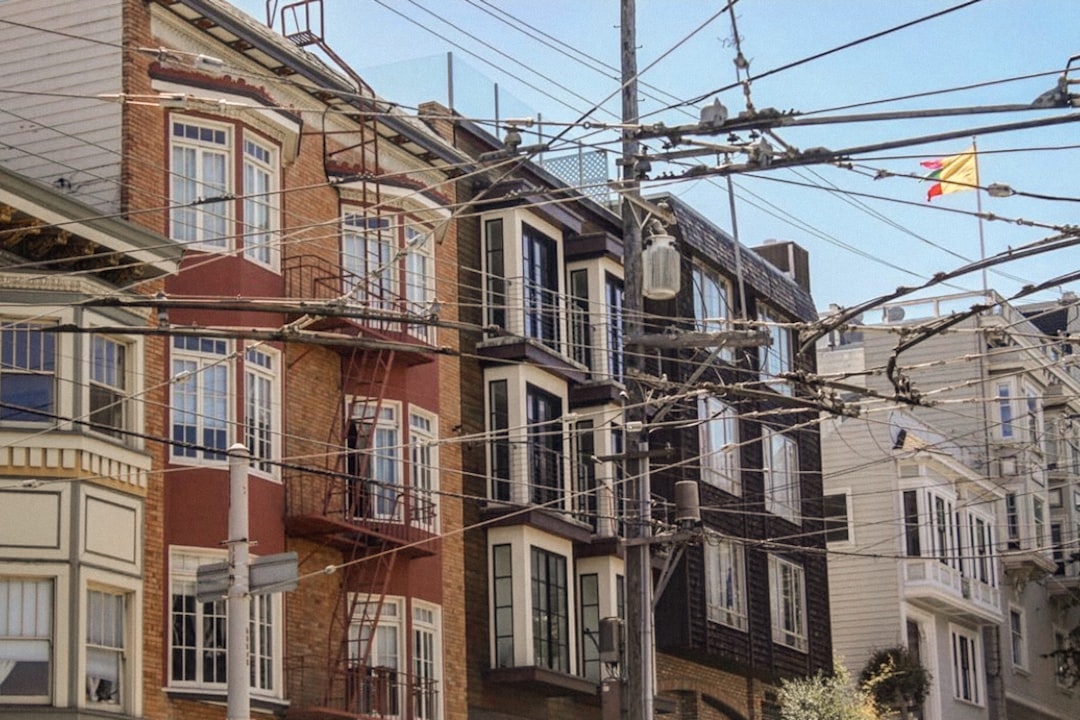
For construction professionals, accurately estimating the cost to hook up electricity in a new build or remodel is crucial. Costs can range from $1,000 to $7,500 depending on factors like utility connection, trenching, and service panel installation. This guide breaks down each component to help you provide precise estimates and avoid overestimating.
The total cost to bring power from the street to a service panel includes:
Each factor varies based on property size, service amperage, and municipal requirements.
Expect to pay $1,000–$3,000 for overhead connections and $2,500–$7,500 for underground connections. Rural areas may incur higher costs due to longer distances.
Trenching costs average $18–$32 per linear foot. Factors like soil conditions can significantly impact costs.
Installing a 200-amp panel typically costs $2,000–$4,500. Ensure compliance with modern codes for future-proofing.
Full-house wiring costs range from $7 to $14 per square foot. A 2,400 ft² home may cost between $16,800 and $33,600.
Permits range from $150 to $750, with inspections adding $250 to $500.
Scenario A: Urban lot, overhead service, 200-amp panel, 2,000 ft² home. Total: $19,650.
Scenario B: Rural area, underground service, 400-amp panel, 3,200 ft² home. Total: $50,800.
Use CountBricks to speak your project scope, receive instant estimates, and manage costs effectively.
Does CountBricks include utility lead times? Yes, it aligns schedules with utility timelines.
Can I DIY any portion? Some jurisdictions allow DIY trenching, which can reduce costs.
What about solar or generator costs? CountBricks includes these in estimates when specified.

A builder saved $6,300 on a 2,800 ft² custom home by using CountBricks to optimize electrical costs. Key savings included using aluminum SER, relocating EV chargers, and coordinating trenching with telecom providers.
CountBricks provided real-time recalculations, accurate blueprint takeoffs, and flagged code requirements, ensuring cost-effective and compliant installations.
CountBricks simplifies electrical estimates, providing precision and savings. Learn more at CountBricks.com.